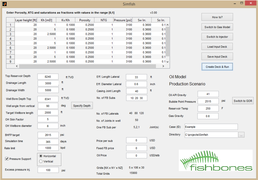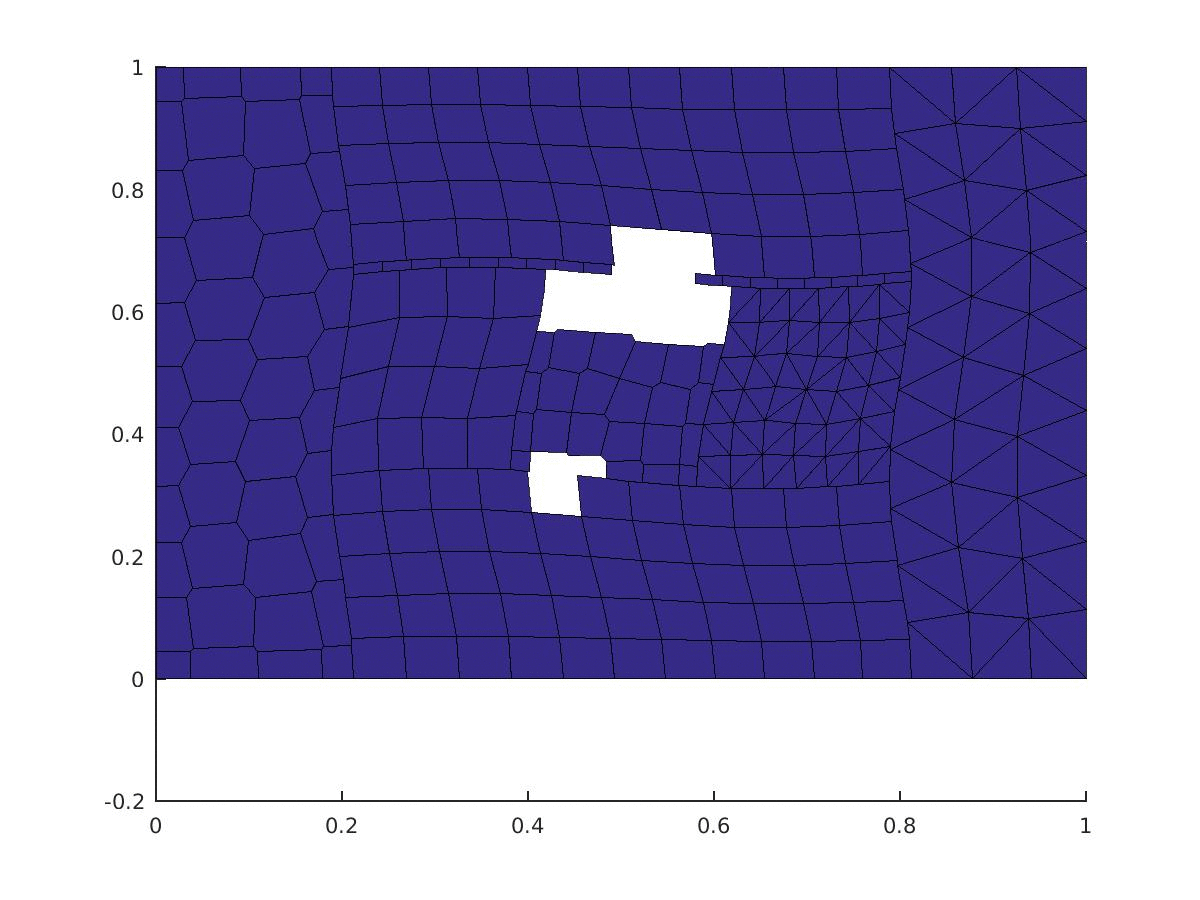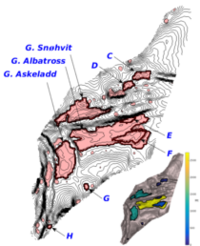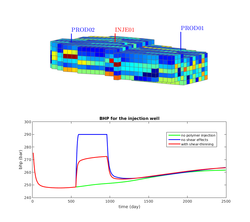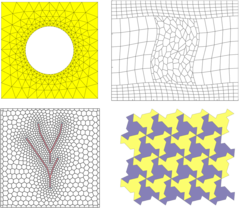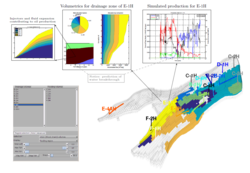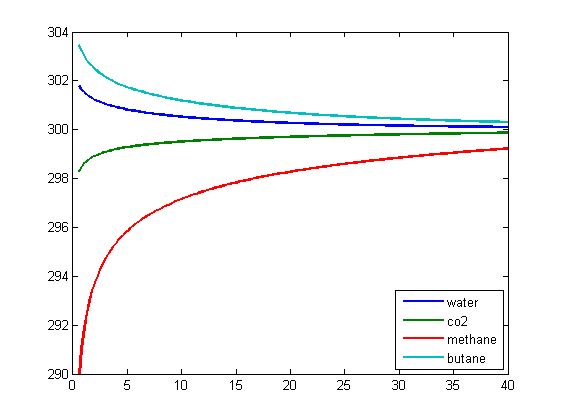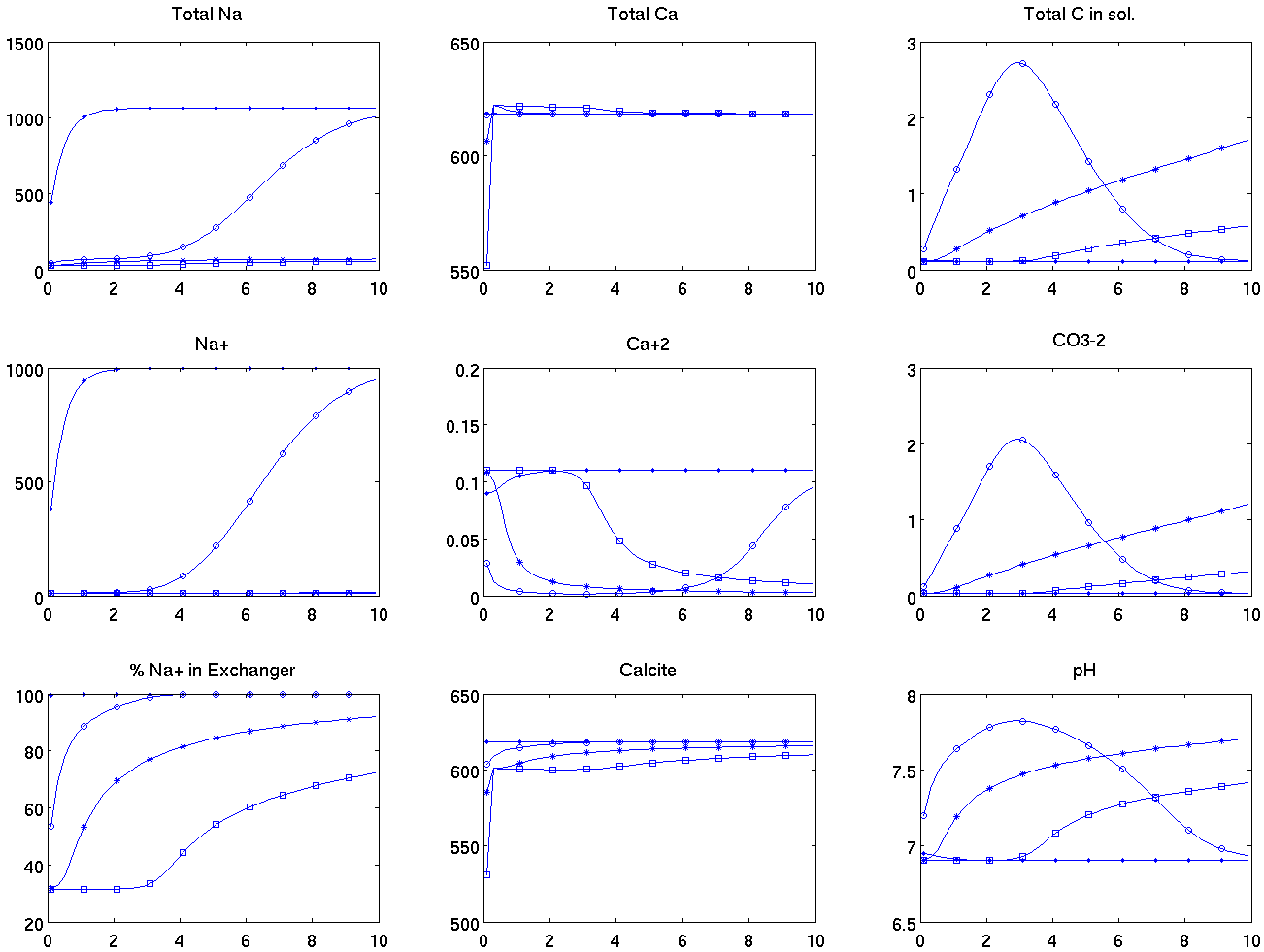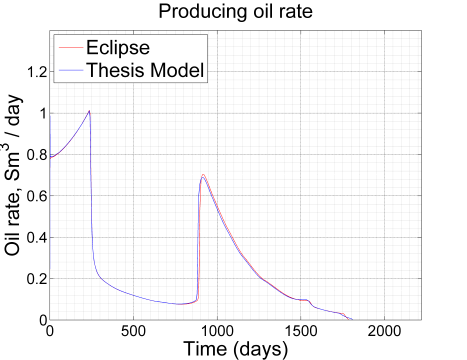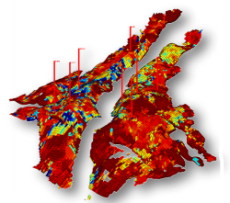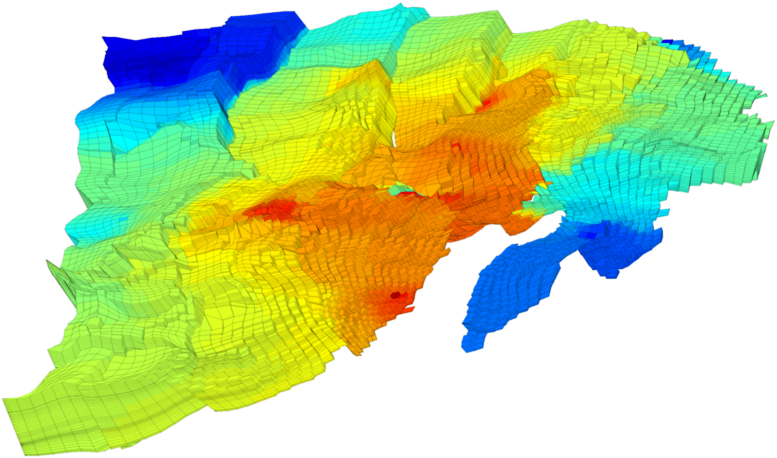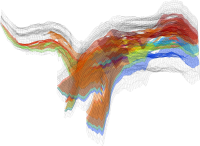|
Gallery
These pages highlight features in MRST by showing examples of simulations and visualizations made using the toolbox. Click on the headlines or images to see a more detailed description or a bigger version of each image. If you want to know more about a specific example, please contact its creator. Moreover, please do not hesitate to submit your own contributions to the MRST gallery.
|
||||||||||||||||||||||||||||||||||||||||||||||||||||||||||||||||||||||||||||||||||||||||||||||||||||||||||||||||||||||||||||||||||||||||||||||||||||||||||||||||||||||||||||||||||||||||||||||||||||||||||||||||||||||||||||||||||||||||||||||||||||||


